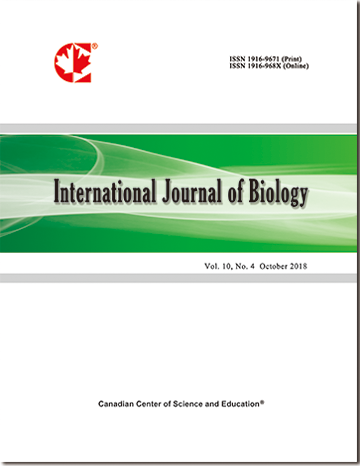The Potential of Galangal (Alpinia galanga Linn.) Extract against the Pathogens that Cause White Feces Syndrome and Acute Hepatopancreatic Necrosis Disease (AHPND) in Pacific White Shrimp (Litopenaeus vannamei)
- Tidaporn Chaweepack
- Boonyee Muenthaisong
- Surachart Chaweepack
- Kaeko Kamei
Abstract
White feces syndrome and acute hepatopancreatic necrosis disease (AHPND) are serious diseases that have recently been noted in Pacific white shrimp (Litopenaeus vannamei). Vibrio bacteria and 6 species of fungi (Aspergillus flavus, A. ochraceus, A. japonicus, Penicillium sp., Fusarium sp., and Cladosporium cladosporioides) were isolated from shrimp naturally infected with white feces syndrome. Antibiotics have been used to treatment the disease for many years, but these have been ineffective and have resulted in drug residue problems for the shrimp industry. In this study, an alternative method was tested for its efficacy in controlling these pathogens. The crude extract of galangal (Alpinia galanga Linn.), an herbal medicine, inhibited the growth of 8 vibrio species of the pathogen, V. parahaemolyticus (EMS/AHPND) in particular. The results also showed that 0.5 mg/ml of the galangal extract was a concentration that produced the strongest inhibition of the fungi A. ochraceus. Naturally infested shrimp L. vannamei were fed 2 and 4% (v/w) portions of the herb extract for 12 days and their progress was compared with that of a control group (no herb extract). At the end of the feeding trial, the numbers of total Vibrio spp. and the incidence of fungi infestation in the hepatopancreas and intestines of treated shrimp were significantly lower than that in the control group (P<0.05). Furthermore, the survival rates for the treatment groups, after injections with V. parahaemolyticus (EMS/AHPND), were significantly higher than that of the control group (P<0.05). Based on these results, we can report that the galangal extract has antimicrobial properties that are applicable as bio-medicinal agents against white feces syndrome and AHPND. Therefore, in the future this herb should be an alternative to chemotherapeutic agents that are being used in the shrimp industry.
- Full Text:
 PDF
PDF
- DOI:10.5539/ijb.v7n3p8
Index
- ACNP
- AGRICOLA
- BASE (Bielefeld Academic Search Engine)
- CAB Abstracts
- CiteFactor
- CNKI Scholar
- CrossRef
- DTU Library
- Elektronische Zeitschriftenbibliothek (EZB)
- Excellence in Research for Australia (ERA)
- Google Scholar
- Infotrieve
- LIVIVO (ZB MED)
- LOCKSS
- Max Planck Institutes
- MIAR
- PKP Open Archives Harvester
- Qualis/CAPES
- ResearchGate
- ROAD
- SafetyLit
- SHERPA/RoMEO
- Technische Informationsbibliothek (TIB)
- Universe Digital Library
- WorldCat
Contact
- Ryan JonesEditorial Assistant
- ijb@ccsenet.org
